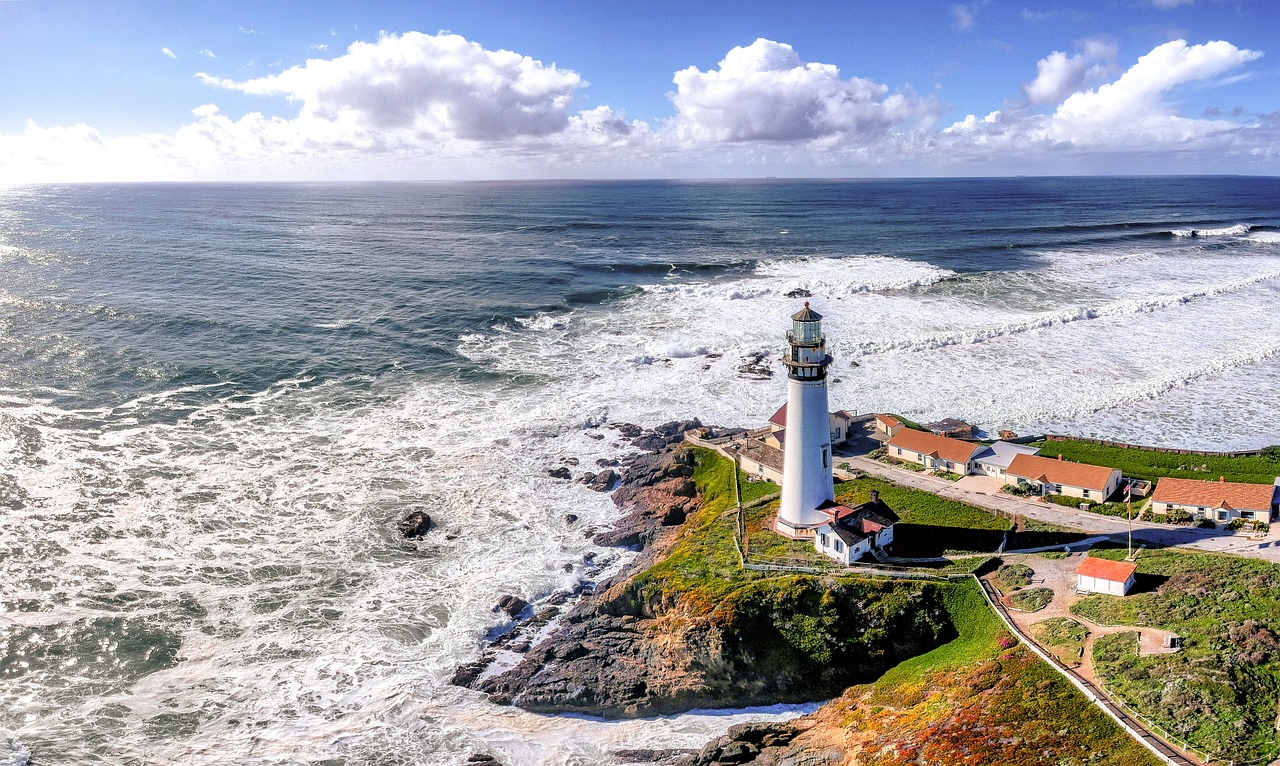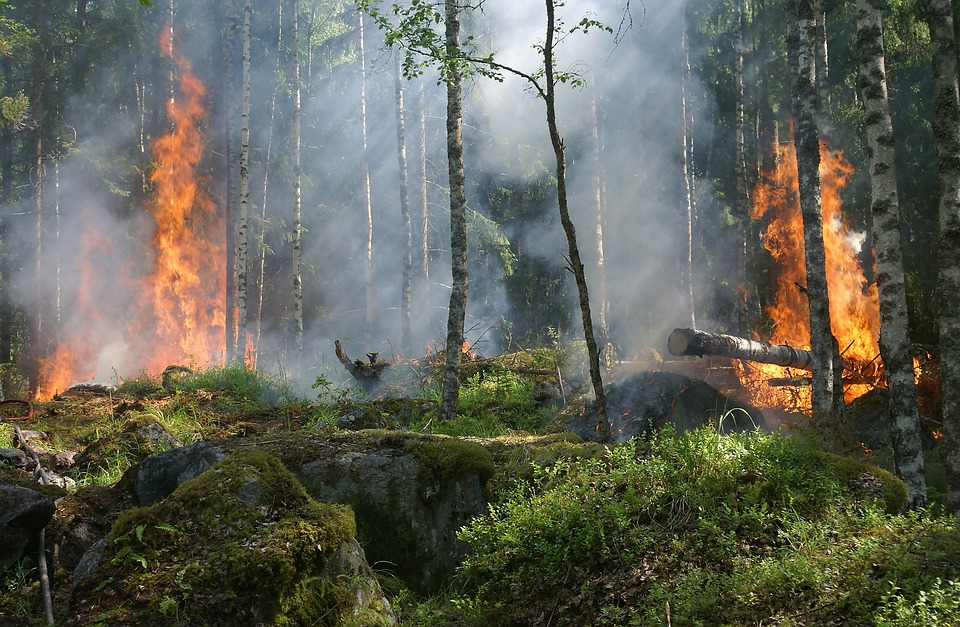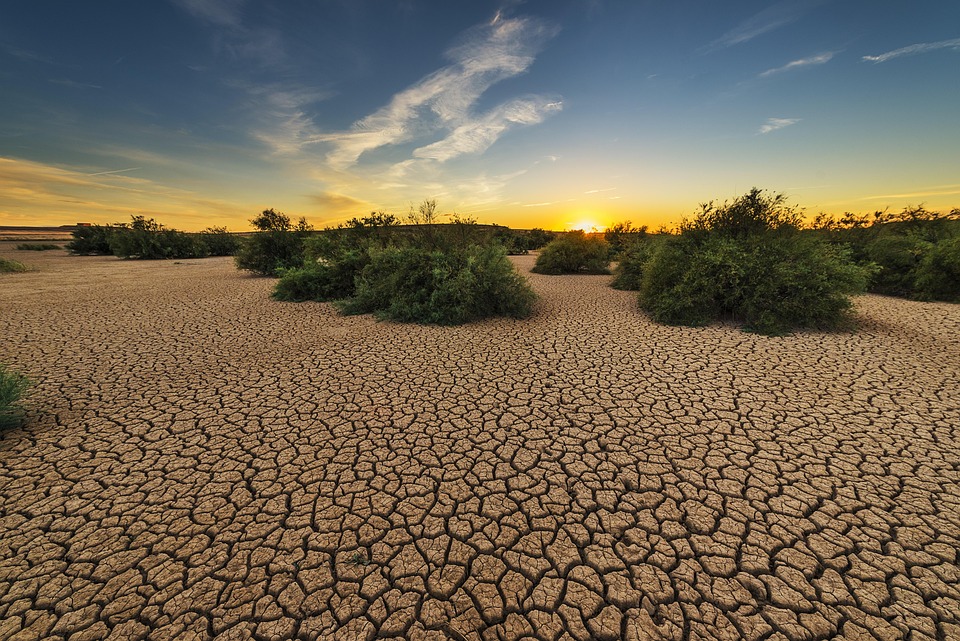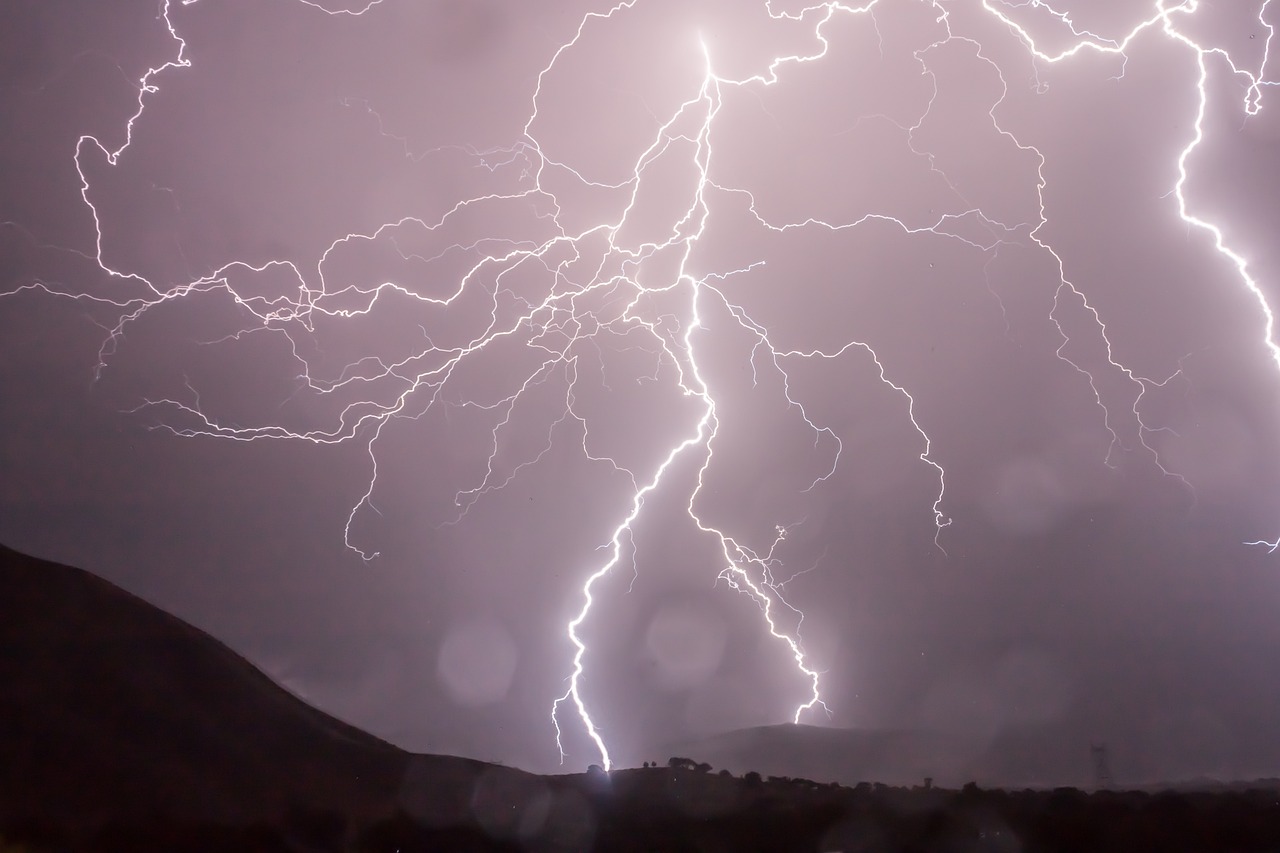Emergency Response to California Wildfires: A Heroic Mission to Save Lives
In 2025, California found itself battling one of its most intense wildfire seasons in history. The emergency response to California wildfires has become the state’s top priority as firefighters, first responders, and volunteers from all corners of the country came together to save lives, protect property, and restore some sense of order amidst the chaos. The crisis has drawn attention not only to the sheer scale of the fires but also to the heroic efforts of those who rushed into danger to help. This article dives into the emergency response to these fires, the challenges faced, and the ongoing recovery efforts.
The Scope of the California Wildfires: A Record-Breaking Year
The wildfires ravaging California in 2025 are some of the most destructive in recent memory. The state has experienced an unprecedented wildfire season, with flames burning more than 200,000 acres of land by early January. The emergency response to California wildfires has been stretched thin, with hundreds of local and federal responders battling not only the fires but also the logistical challenges of dealing with urban evacuations and rural wildfire containment.
California has long been prone to wildfires, but the scale and intensity of these fires have reached new heights due to a combination of high winds, dry conditions, and increasing temperatures. This marked the beginning of a new era of firefighting efforts in the state. The fires have led to widespread evacuations, destroyed homes, and put tens of thousands of residents in harm’s way.
The Immediate Need for an Effective Emergency Response
As flames spread at an alarming rate, the need for an effective emergency response to California wildfires became more urgent than ever. The state’s agencies worked tirelessly to deploy thousands of firefighters to battle the infernos. Local fire departments, the California National Guard, and federal agencies like FEMA (Federal Emergency Management Agency) mobilized resources immediately to help manage the disaster.
The emergency response to California wildfires was not limited to fire suppression. Search and rescue operations began almost immediately to locate residents trapped by the flames. Evacuations were ordered across several counties, with many residents forced to leave their homes with little notice. Temporary shelters were set up in schools, convention centers, and other public buildings to provide safe havens for those displaced by the fires.
In addition to emergency responders, volunteer organizations like the American Red Cross and local charities provided critical support. These organizations coordinated relief efforts, bringing in essential supplies like food, water, and medical equipment for the evacuees.
Challenges Faced by the Emergency Response Teams
Despite the best efforts of everyone involved, the emergency response to California wildfires faced numerous challenges that made the task even more difficult. One of the primary obstacles was the unpredictable nature of the fires. The combination of dry weather, high winds, and rugged terrain made it nearly impossible to predict the fire’s path. In certain areas, the flames spread so rapidly that firefighters were forced to make split-second decisions about which structures to protect and which areas to evacuate.
The state’s infrastructure also presented a significant hurdle. Many of California’s power lines and communication systems were overwhelmed, hampering the flow of information between responders. This made it difficult for emergency services to coordinate efforts and ensure the safety of residents and first responders.
Unyielding Wildfires: Fighting the Flames
The emergency response to California wildfires took a multifaceted approach to address the severity of the disaster. Firefighters battled blazes on the ground, while aerial teams used helicopters and planes to drop fire retardants and water on the flames. These air operations were instrumental in slowing the spread of the fires, but they were not without risk.
Air quality became another challenge in the wake of the fires. As the flames consumed acres of land, toxic smoke blanketed several major cities, including Los Angeles. Thousands of residents were forced to stay indoors due to hazardous air quality, which prompted health advisories and even temporary closures of schools and businesses.
The efforts to contain the fire and reduce the risk to residents were complicated by high winds and changing weather conditions. As firefighters worked relentlessly, they were often hindered by wind gusts, which helped the fires spread rapidly through forests, grasslands, and neighborhoods.
The Role of the California National Guard and Federal Agencies
A critical component of the emergency response to California wildfires in 2025 was the involvement of the California National Guard. National Guard units, in cooperation with local authorities, were tasked with securing evacuation routes, assisting with search and rescue operations, and providing aerial support to the firefighting efforts. The National Guard’s deployment was essential in ensuring that people could evacuate safely and that supplies reached hard-hit areas.
Alongside the National Guard, federal agencies like FEMA provided financial and logistical support for firefighting operations. FEMA also worked to coordinate resources from other states, bringing in firefighting teams and personnel from across the nation to help manage the crisis.
The swift deployment of both state and federal resources was a key factor in keeping the situation from escalating further. However, even with all hands on deck, it became clear that emergency response to California wildfires needed to go beyond the immediate suppression of flames and into long-term recovery efforts.
Evacuations and Sheltering the Displaced
As the wildfires spread across California, more than 150,000 residents were forced to evacuate their homes. The emergency response to California wildfires involved not just firefighters but also the complex task of relocating thousands of people in the middle of a crisis. Evacuations were carried out under difficult circumstances, as many roads became impassable due to fire and debris.
Shelters were quickly established to house the displaced individuals. Schools, community centers, and local hotels were transformed into makeshift shelters for those seeking refuge from the flames. Despite the heroic efforts of local governments and volunteers, the sheer scale of the evacuation highlighted the challenges in managing such a large-scale crisis. Local authorities called upon state and federal resources to help coordinate the sheltering and relief efforts.
Environmental Impact and Long-Term Recovery
Beyond the immediate destruction of homes and businesses, the environmental impact of these fires will be felt for years to come. The emergency response to California wildfires also had to address the devastation to wildlife habitats and the state’s natural resources. The fires burned through vital ecosystems, causing irreparable damage to forests, wetlands, and wildlife habitats. The recovery process will involve not only rebuilding homes and communities but also restoring the environment.
Forest management and fire prevention will be key to minimizing the risks of future wildfires. In the aftermath of the fires, discussions have centered on the need for improved firebreaks, controlled burns, and better land management strategies. Addressing these issues will be essential to reducing the frequency and intensity of wildfires in California in the future.
Looking Ahead: Strengthening Future Emergency Responses
While the emergency response to California wildfires in 2025 was heroic, it has also highlighted areas for improvement. The sheer scale of this disaster has prompted state and local governments to reevaluate their disaster response plans and to make investments in new technology, resources, and infrastructure to better prepare for future wildfire seasons.
Investment in technology will be a key factor in improving California’s ability to respond to wildfires. Drones and satellite technology can help to monitor fires in real-time, allowing authorities to predict their movements and take preemptive action. Additionally, communication systems will need to be updated to ensure that first responders can coordinate effectively, even in the most remote areas.
Conclusion: A Resilient Response to an Ongoing Crisis
The emergency response to California wildfires in 2025 has demonstrated the incredible courage and dedication of thousands of first responders, volunteers, and community members. Despite the challenges, their efforts have saved countless lives and prevented even more widespread destruction. The recovery process will take time, but the lessons learned from this crisis will shape California’s response to future wildfires.
While the fires of 2025 are far from over, the resilience shown by Californians offers hope for a brighter future. As communities rebuild, the state must continue to improve its wildfire management strategies and invest in prevention efforts to protect its residents and natural resources. The emergency response to California wildfires will serve as a model for tackling future natural disasters, and it’s clear that the bravery and collaboration of the people involved have set a new standard for how to respond in times of crisis.














Post Comment